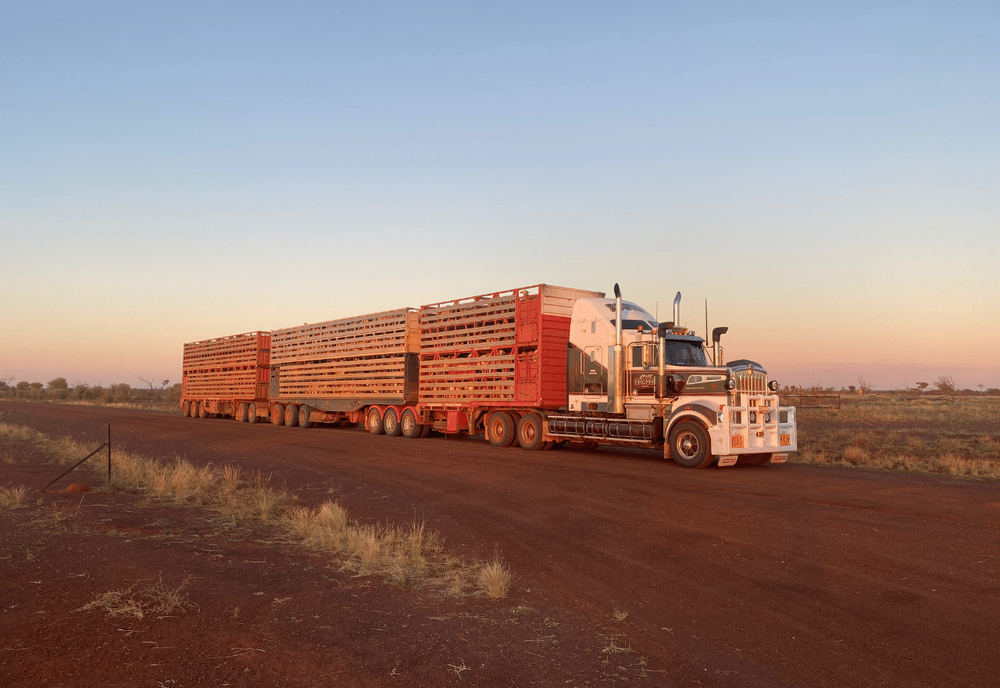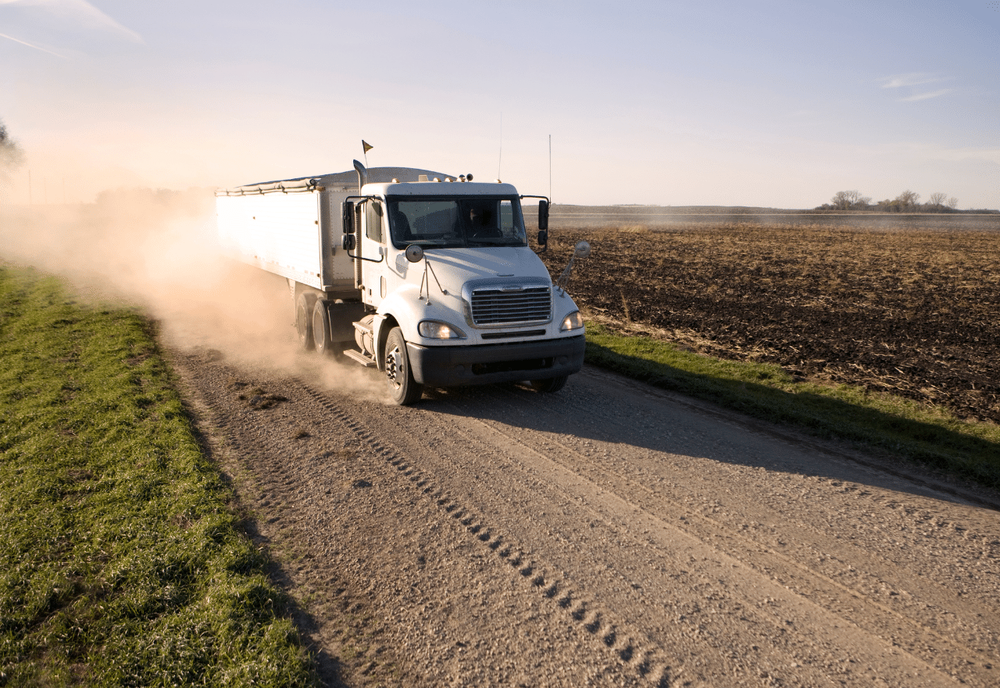Steering young drivers towards better behaviour around trucks
Laura Williams
27 August 2021, 7:28 AM
 Jade Bowden has been carting livestock on NSW since he was 17 and says young drivers need to know more about sharing the road with trucks. PHOTO: Teaghan Bowden
Jade Bowden has been carting livestock on NSW since he was 17 and says young drivers need to know more about sharing the road with trucks. PHOTO: Teaghan BowdenA lack of awareness around sharing roads with trucks is driving fear on local roads.
With another bumper harvest on the horizon, the Western Plains region is coming up to its busiest trucking season of the year.
Yet local truck drivers fear that learning to share the road with trucks is crucial knowledge that has been omitted from driver education.
Bourke-based truck driver Jade Bowden has seen first-hand the dangers of those who are selfish on the road.
“When people are knocking off work, they take risks, like overtaking when there’s just not enough room,” Mr Bowden said.
Despite making up only 12 per cent of the population, 19 per cent of Australian road fatalities were young people aged 17-25.

- Loaded livestock carriers are on every road in the Western Plains region.
CEO of the Australian Trucking Association Bill McKinley says that the current driver education material doesn’t fill knowledge gap of the performance limitations of trucks.
“Many drivers are growing numb to traditional fear appeals, with messages that elicit a positive effect like pride and humour more effective,” said Mr McKinley.
To fill the void, the SafeT360 educational initiative aims to teach young road users how to share the road safely with trucks through virtual reality technology and interactive messaging.
“I think it’s a mixture of risk-taking and lack of awareness,” Mr Bowden said.
For Jade Bowden, who carts livestock full time, risky driving doesn’t just put his life on the line.
“You don’t get many animals out of a crash. If my truck were to tip, only animals that fell out would make it out alive, the rest don’t have much choice but suffocation,” he said.
It’s not just crashes that pose a threat however, with any risky driving around trucks potentially creating complications.
“I drive steady with stock on because they’ll get knocked around it you don’t. But if you have to use the brakes really hard to stop and make room for someone, you have to pull up and check that the stock isn’t on top of each other,” Mr Bowden said.

- Dusty roads aside, according to recently released research, knowing how a truck full of grain or livestock performs needs to be included in driver education programs.
The current New South Wales Hazard Perception Test to progress to a P1 license was created to measure a driver’s ability to recognise potentially dangerous situations on the road and their response.
While the test features stopping for pedestrians, slowing for cars with blinkers and responding to give-way signs, there is little material surrounding trucks and the distance that should be kept from them, particularly on outback roads and country highways.
Additionally, light vehicle driver education appears void of the limitations of trucks, including the significant blind spots and the distance it takes for trucks to come to a complete stop.
“The main thing is to give trucks enough room to pull up. Sometimes people turn their blinker on at the last minute. It’s not enough time to stop,” Mr Bowden said, his fifteen years in the trucking industry leaving him well aware of what can go wrong from a split-second mistake.
A research paper that reinforces what every truck driver probably already knows has been released. The paper was published in the International Journal of Environmental Research and Public Health and is the result of a research partnership between the Australian Trucking Association (ATA) and the University of Newcastle School of Psychological Sciences, Australia.